Description
Minimally Invasive Pedical Screw Instrument Set
A minimally invasive pedicle screw instrument set is a collection of surgical tools and implants used for the placement of pedicle screws through a minimally invasive approach. These instrument sets are designed to minimize tissue disruption, reduce surgical time and blood loss, and accelerate patient recovery. They typically include specialized tools such as screwdrivers, cannulated drills, and navigational systems to aid in the precise placement of pedicle screws.
The instruments in the set may vary depending on the specific manufacturer and the surgeon’s preference. However, they generally include a range of screwdrivers and drill bits with varying lengths and diameters, as well as specialized cannulated instruments for tapping, insertion, and screw positioning.
Other instruments that may be included in a minimally invasive pedicle screw instrument set include retractors, probes, and visualization devices to aid in accessing the surgical site and navigating around vital structures.
Product Specification
| No. | REF | Specification | Qty. |
|---|---|---|---|
| 1 | 2100-1701 | Conical Guide Pin Ø1.5*500 | 3 |
| 2 | 2100-1702 | Blunt Guide Pin Ø1.5*500 | 3 |
| 3 | 2100-1703 | Drill Sleeve Ø7.2*1.7*164 | 1 |
| 4 | 2100-1704 | Drill Sleeve Ø13*7.3*153 | 1 |
| 5 | 2100-1705 | Drill Sleeve Ø15.6*13*164 | 1 |
| 6 | 2100-1706 | Cannulated Polyaxial Screwdriver | 1 |
| 7 | 2100-1707 | Cannulated Polyaxial Screwdriver | 1 |
| 8 | 2100-1708 | Rod Pusher Ø6 | 2 |
| 9 | 2100-1709 | Stardriver T5.05 | 1 |
| 10 | 2100-1710 | Hex Screwdriver SW2.5 | 1 |
| 11 | 2100-1711 | Nut Holding Forcep SW4.5 | 1 |
| 12 | 2100-1712 | Tap Ø7.0 | 1 |
| 13 | 2100-1713 | Tap Ø6.5 | 1 |
| 14 | 2100-1714 | Tap Ø6.0 | 1 |
| 15 | 2100-1715 | Tap Ø5.5 | 1 |
| 16 | 2100-1716 | Tap Ø5.0 | 1 |
| 17 | 2100-1717 | Curved Feeler | 2 |
| 18 | 2100-1718 | Bone Cement Pusher | 2 |
| 19 | 2100-1719 | Location Plate | 2 |
| 20 | 2100-1720 | AWL Ø3.3*233 | 2 |
| 21 | 2100-1721 | AWL Ø3.3*233 | 1 |
| 22 | 2100-1722 | AWL Ø3.3*233 | 1 |
| 23 | 2100-1723 | AWL Ø3.3*233 | 1 |
| 24 | 2100-1724 | Screwdriver SW3.5 | 1 |
| 25 | 2100-1725 | Straight Rechat Handle | 1 |
| 26 | 2100-1726 | T-handle Quick Coupling | 1 |
| 27 | 2100-1727 | Straight Rechat Handle | 1 |
| 28 | 2100-1728 | Rod Holding Forcep | 1 |
| 29 | 2100-1729 | Compression Forcep | 1 |
| 30 | 2100-1730 | Distractor Forcep | 1 |
| 31 | 2100-1731 | Reduction Forcep | 1 |
| 32 | 2100-1732 | Rod Measurement | 1 |
| 33 | 2100-1733 | Rod Bender | 1 |
| 34 | 2100-1734 | Rod Holding Forcep | 1 |
| 35 | 2100-1735 | Break-off Forcep | 1 |
| 36 | 2100-1736 | Break-off Forcep | 1 |
| 37 | 2100-1737 | Anti-rotation Sleeve | 1 |
| 38 | 2100-1738 | Counter Torque for Screw Cutter | 1 |
| 39 | 2100-1739 | Aluminium Box | 1 |
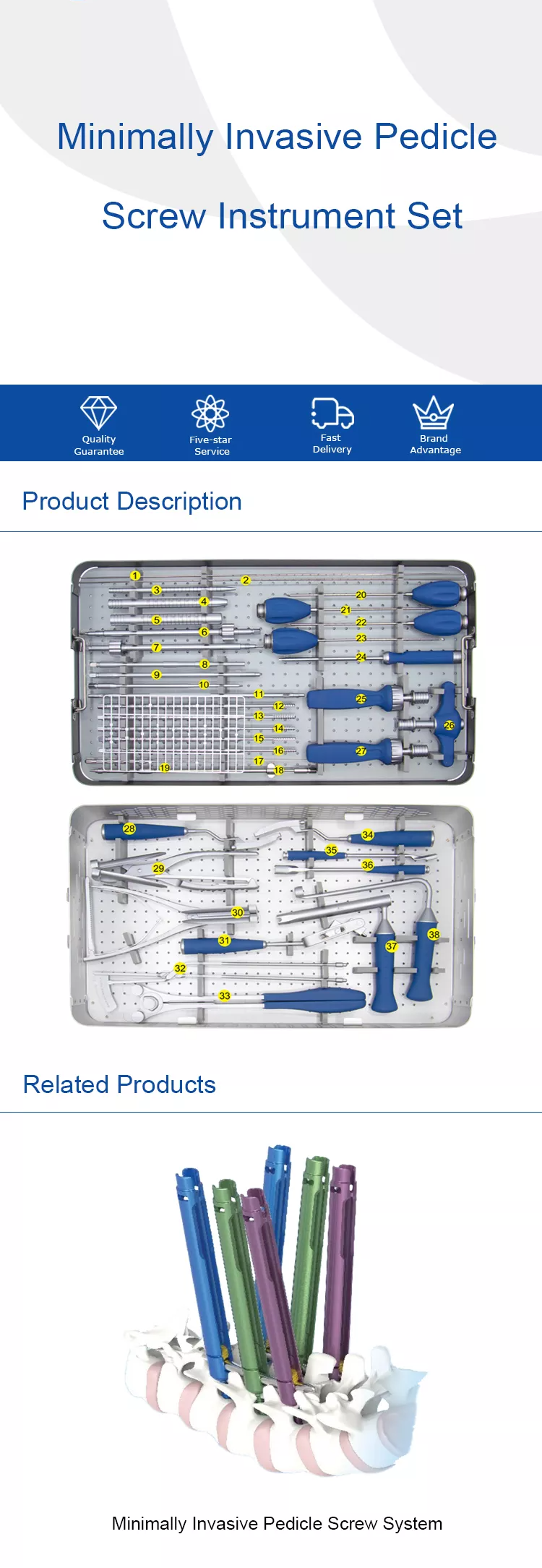

Minimally Invasive Pedical Screw Instrument Set: The Future of Spinal Surgery
Introduction
Spinal surgery is a complex and delicate procedure that requires precision and accuracy. In recent years, there has been a shift towards minimally invasive techniques to reduce the trauma and risks associated with traditional open surgeries. The minimally invasive pedical screw instrument set is a revolutionary development in spinal surgery that has improved patient outcomes and recovery time. This article will explore the benefits and limitations of this instrument set and how it is changing the future of spinal surgery.
What is a Minimally Invasive Pedical Screw Instrument Set?
A minimally invasive pedical screw instrument set is a specialized set of surgical instruments that are designed to insert pedicle screws into the spine using minimally invasive techniques. The set typically includes a variety of instruments such as cannulas, dilators, guidewires, taps, and screws. These instruments are designed to access the spine through small incisions in the skin, reducing the trauma and risks associated with open surgeries.
Benefits of Minimally Invasive Pedical Screw Instrument Set
Reduced Trauma and Risks
The primary benefit of using a minimally invasive pedical screw instrument set is the reduced trauma and risks associated with traditional open surgeries. The small incisions used in minimally invasive techniques result in less blood loss, reduced risk of infection, and a shorter hospital stay. Patients who undergo minimally invasive surgeries are also able to recover faster and experience less pain and scarring.
Increased Accuracy
The minimally invasive pedical screw instrument set is designed to improve the accuracy of pedicle screw placement. The use of specialized instruments such as cannulas and guidewires allows for precise targeting of the pedicles, reducing the risk of misplaced screws and potential nerve damage. This increased accuracy also results in better fusion rates and improved long-term outcomes for patients.
Improved Cosmesis
Another benefit of minimally invasive pedical screw instrument set is improved cosmesis. The small incisions used in these techniques result in minimal scarring and a more aesthetically pleasing outcome for patients. This is particularly important for patients who are undergoing spinal surgery for cosmetic reasons or who may be self-conscious about scarring.
Limitations of Minimally Invasive Pedical Screw Instrument Set
Learning Curve
One of the primary limitations of using a minimally invasive pedical screw instrument set is the learning curve associated with these techniques. Surgeons who are not experienced with these instruments may find it challenging to navigate the small incisions and accurately place the pedicle screws. This can result in longer surgery times, increased radiation exposure, and potentially higher complication rates.
Limited Visibility
The use of minimally invasive techniques can also result in limited visibility for the surgeon. The small incisions and specialized instruments used in these techniques can make it difficult to see the surgical site and accurately place the pedicle screws. This can result in misplaced screws or potential nerve damage, which can lead to complications and poor long-term outcomes for patients.
Cost
Another limitation of using a minimally invasive pedical screw instrument set is the cost associated with these instruments. The specialized instruments used in these techniques can be expensive, and the learning curve associated with these techniques can result in longer surgery times and potentially higher complication rates. This can result in higher costs for patients and healthcare providers.


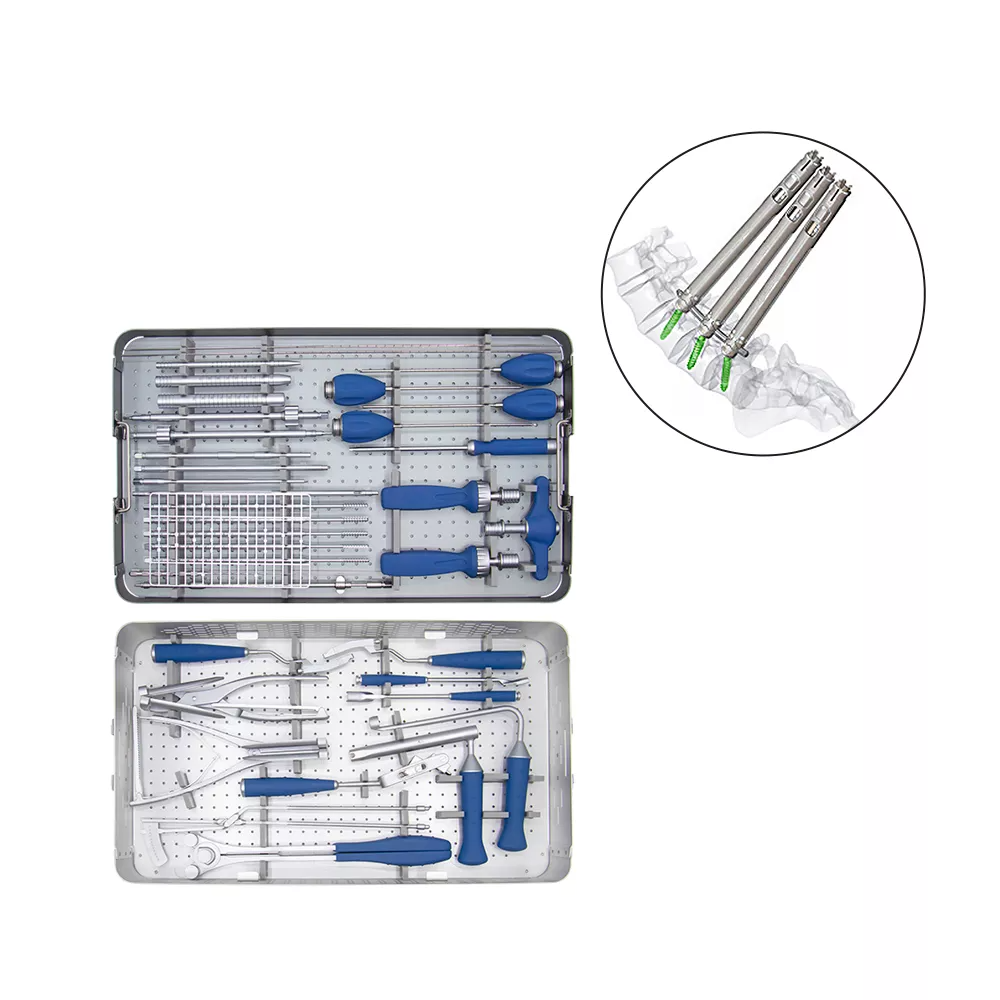
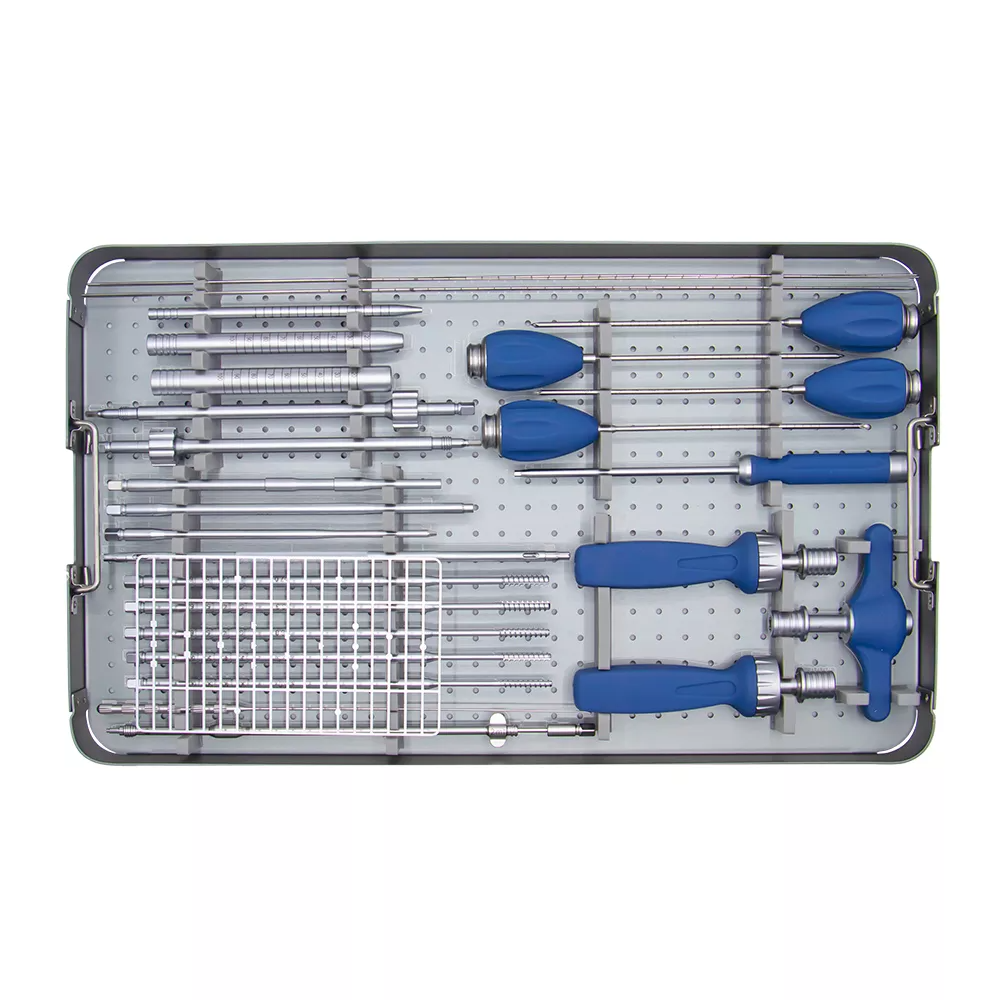
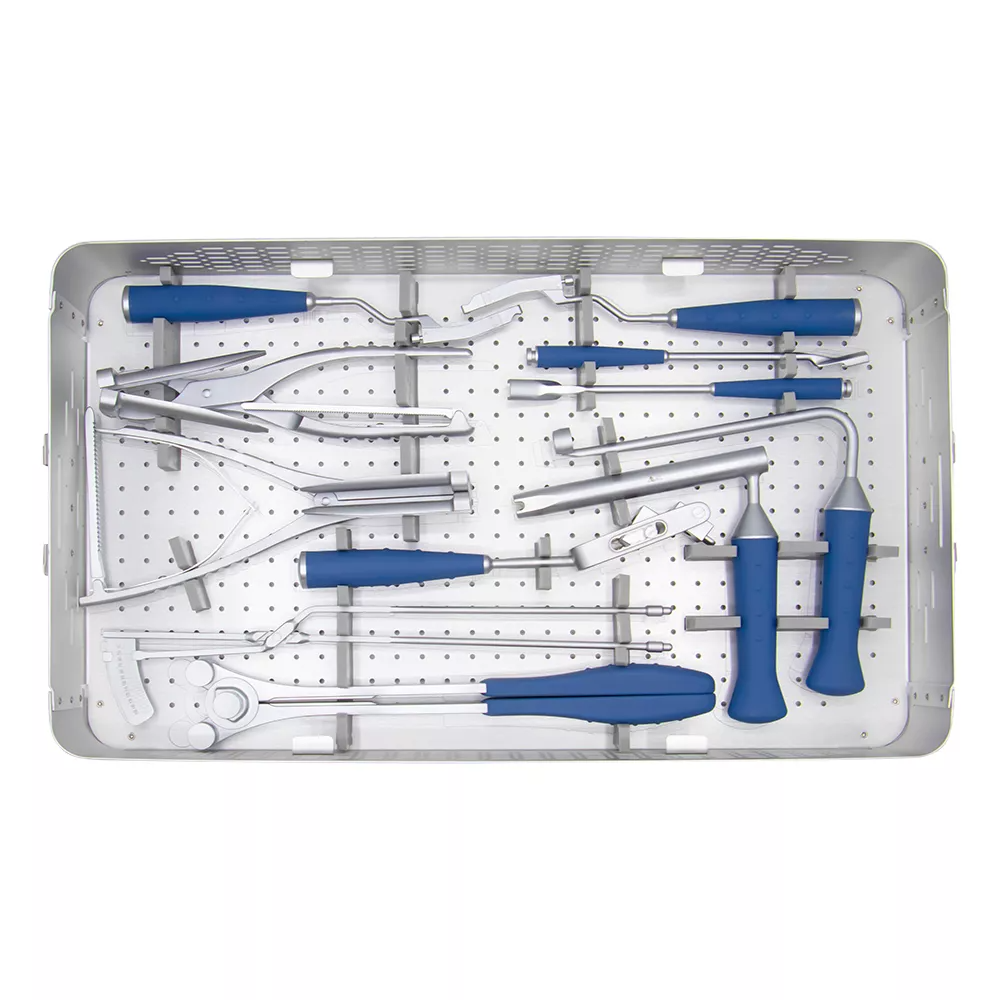
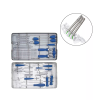
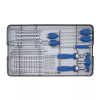
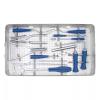
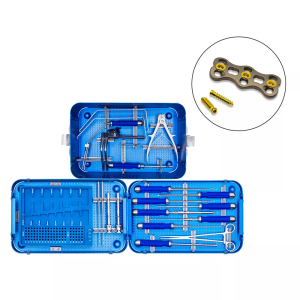
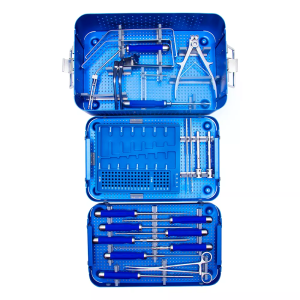
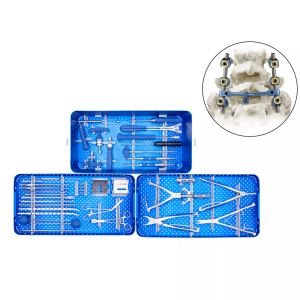


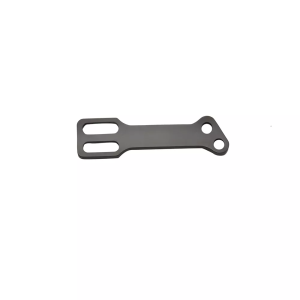
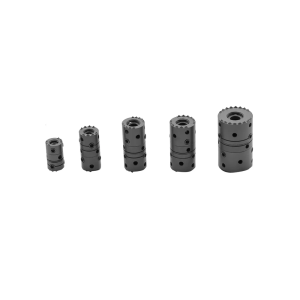
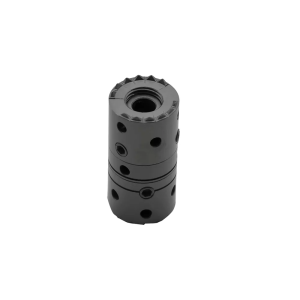
Reviews
There are no reviews yet.